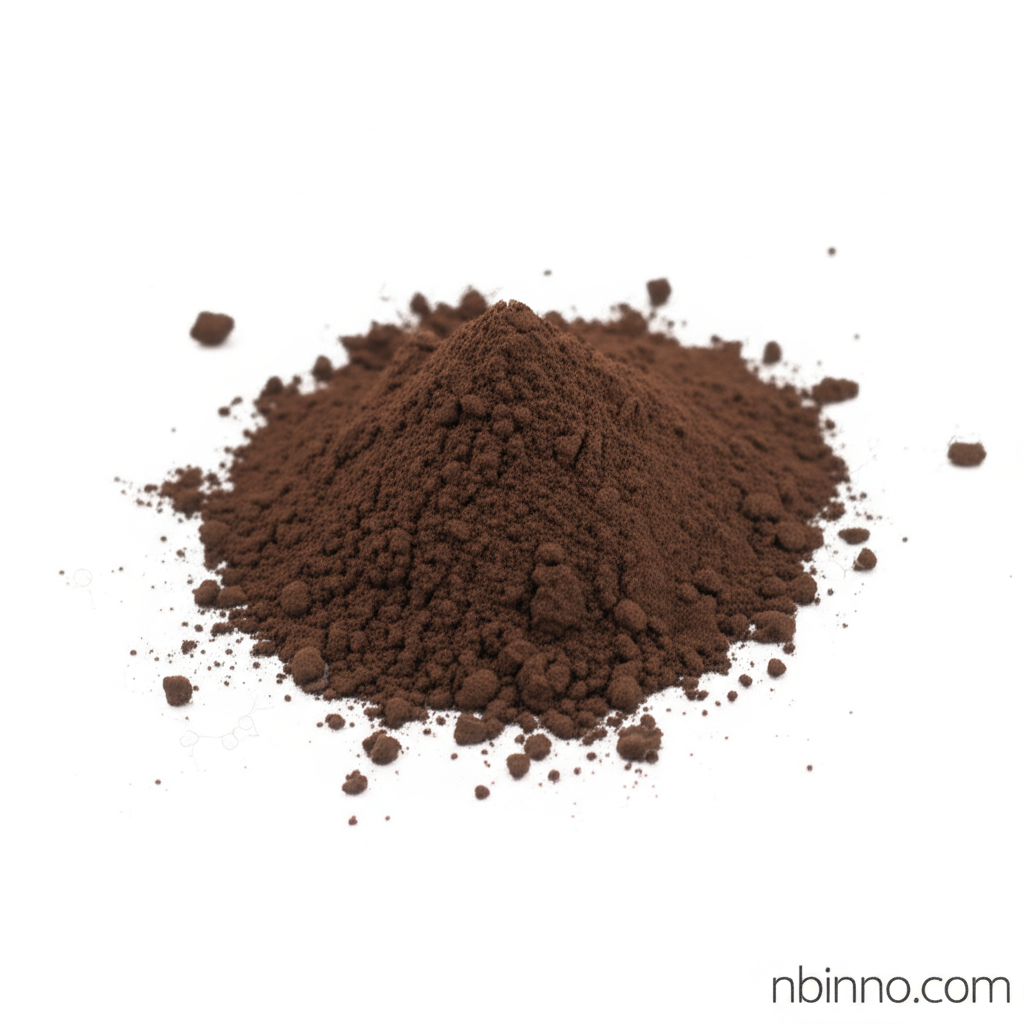Manganese Dioxide Powder: Your Essential Industrial Colorant and Catalyst
Discover the versatile applications of Manganese Dioxide powder in glass, ceramics, batteries, and chemical processes.
Get a Quote & SampleProduct Core Value

Manganese Dioxide Powder
Manganese Dioxide powder (MnO2) is a high-quality inorganic compound renowned for its exceptional performance as a colorant and functional material across diverse industries. Its primary applications include imparting specific hues to glass and ceramics, acting as a crucial depolarizer in batteries, and serving as a potent catalyst and oxidant in chemical reactions. Available in various particle sizes, from 80 to 325 mesh, this dark brown powder is engineered for purity and consistency, meeting stringent industrial standards.
- Explore the use of manganese dioxide powder as a glass colorant to achieve vibrant hues and counteract unwanted tints.
- Leverage manganese dioxide industrial applications in battery technology as an effective depolarizer.
- Utilize manganese dioxide powder for ceramics to create unique and stable colors.
- Discover the chemical catalyst benefits of manganese dioxide in various synthesis processes.
Key Advantages
Exceptional Coloration
Manganese dioxide powder provides excellent color control in glass and ceramics, offering a range of effects from deep browns to violets, and serving as a decolorizer for iron impurities, making it a vital component for achieving specific aesthetic goals in buy manganese dioxide powder for ceramics.
Battery Performance Enhancement
As a key material in dry cell batteries, manganese dioxide powder acts as a depolarizer, ensuring consistent power delivery and prolonged lifespan for electronic devices. Its reliable performance makes it a sought-after material for battery manufacturing.
Chemical Reactivity and Catalysis
With its strong oxidizing properties, manganese dioxide powder is an effective catalyst for various chemical reactions, including the decomposition of hydrogen peroxide. This makes it invaluable for synthesis industries and chemical processes.
Key Applications
Glass Manufacturing
Used as a colorant to produce amethyst, purple, and black glass, and as a decolorizer to neutralize the green tint caused by iron impurities.
Ceramics Industry
Acts as a pigment for ceramic glazes and bodies, providing dark browns and blacks, and contributing to metallic effects.
Battery Production
Serves as the primary cathode material and depolarizer in dry cell batteries like zinc-carbon and alkaline batteries.
Chemical Synthesis
Functions as a catalyst and oxidant in various chemical reactions, including the preparation of oxygen and chlorine.
